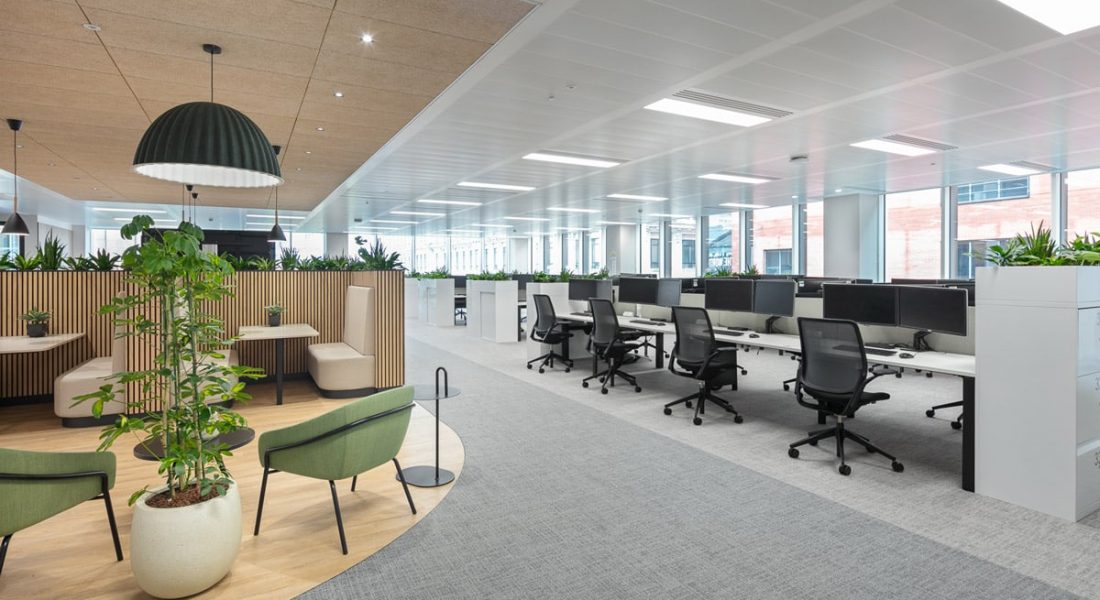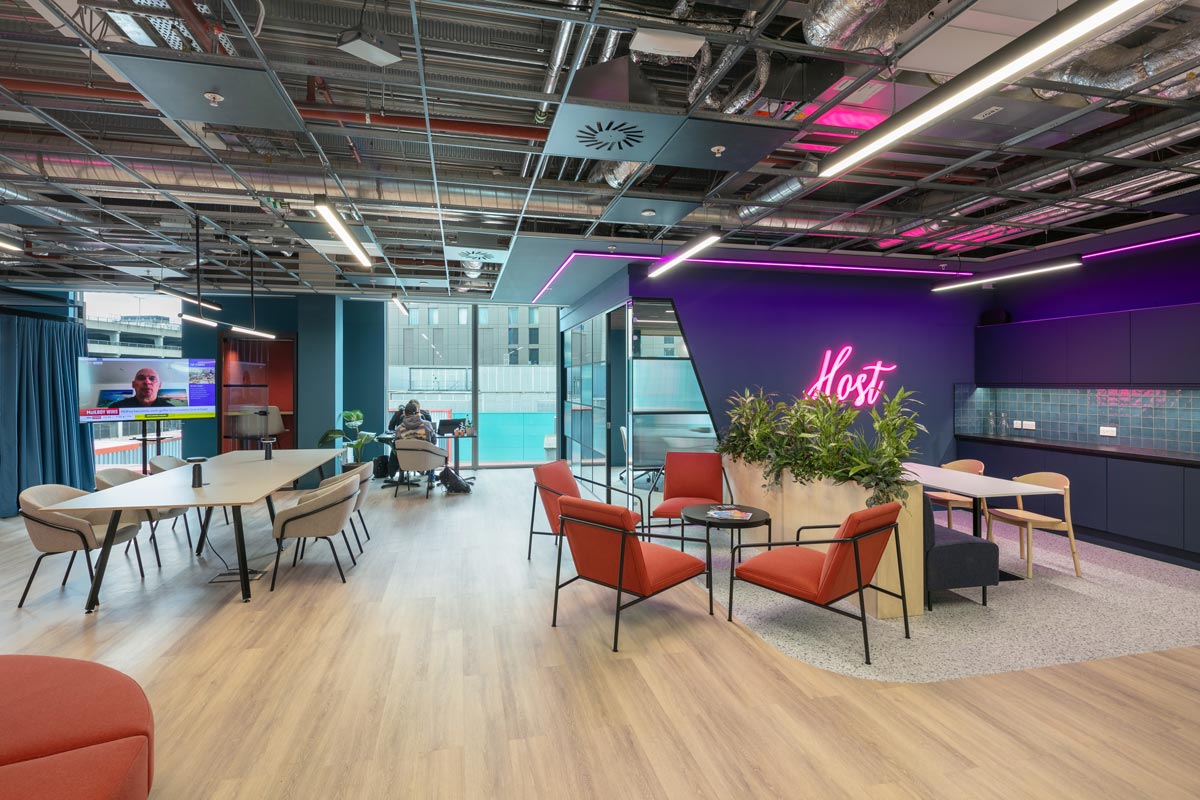Choosing the right office space is a major decision for any business. Whether you’re relocating, scaling up, or rethinking your workspace strategy, knowing the difference between Grade A and Grade B offices can help you make the right move. But what do these grades really mean, and how do they affect your choice?
In this article, we explore the differences between Grade A and Grade B office spaces, what they offer, and how smart design can help you maximise value from either option.
What is a Grade A Office?
Grade A offices represent the top tier of commercial spaces. These are typically modern buildings, often newly constructed or recently refurbished to a high standard. They’re usually located in prime city centre areas or key business districts, offering excellent transport links, top-tier amenities, and strong architectural design.
Inside, tenants can expect high-quality finishes, contemporary interiors, energy-efficient systems, and reliable services such as air conditioning, high-speed lifts, and security. Grade A offices often come with added amenities like on-site cafés, fitness centres, cycle storage, and collaborative spaces—designed with today’s hybrid workforce in mind.
Sustainability is also a key factor. Many Grade A buildings are rated under recognised certifications such as BREEAM or WELL, making them more energy-efficient and future-proof.
What is a Grade B Office?
Grade B offices are typically older buildings that may not offer the same level of finishes, infrastructure, or amenities. They might be in secondary locations, outside of major business zones, or in buildings that haven’t been recently refurbished.
However, many Grade B offices still provide excellent value. While they may lack some modern features, they are often more affordable, offering businesses a chance to establish themselves in decent locations at lower costs. For startups, SMEs, or companies prioritising budget over prestige, these spaces can be a smart option.
It’s also worth noting that many Grade B buildings have strong bones. With the right fit-out, they can be transformed into vibrant, inspiring workplaces tailored to your brand and business needs.
Key Differences at a Glance
Can a Grade B Office Be Upgraded?
Absolutely. Grade B spaces provide a canvas for creativity. With thoughtful design, quality materials, and a forward-thinking fit-out strategy, ADT Workplace regularly transforms Grade B offices into environments that rival Grade A spaces.
By focusing on natural light, acoustic comfort, flexible layouts, and biophilic design, we can elevate the user experience while remaining cost-efficient. This is especially attractive for businesses that want a personalised workspace without the premium price tag.
Which Grade Is Right for Your Business?
There’s no one-size-fits-all answer. Choosing between Grade A and Grade B depends on a range of factors:
- Budget: Grade B offers lower upfront costs, freeing up capital for custom fit-outs.
- Location preferences: Grade A buildings tend to be in prime spots, which may influence client perception and staff commute.
- Brand identity: A high-end office may align more with your external image, while a refurbished Grade B space can still reflect your culture and values.
- Size and team needs: Consider the flexibility you need for collaboration, hybrid working, and future expansion.
Ultimately, it’s about finding a space that supports your business goals and enhances the day-to-day experience for your team.
Final Thoughts
While the labels Grade A and Grade B can be useful, they shouldn’t define your decision. The right space is one that fits your business—functionally, financially, and culturally.
At ADT Workplace, we help businesses get the best from their space—whether it’s a high-spec Grade A office or a well-located Grade B building ready for transformation. With our end-to-end fit-out services, you can create a workspace that supports productivity, sustainability, and long-term success.







